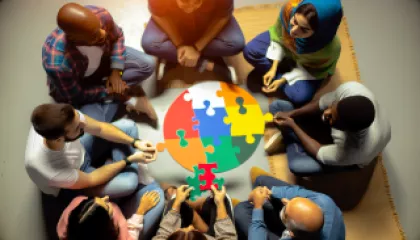Step-by-Step Guide to Debunking Common Mental Health Myths
1 year ago
Mental Health Myths Debunked
The Underrated Power of Self-Esteem: My Perspective
1 year ago
Self Esteem Boost
Applying Lessons from 'Inside Out' to Understand Cognitive Development
1 year ago
Cognitive Development
How Can You Overcome Procrastination Effectively?
1 year ago
Procrastination Overcome
Understanding Grief: Insights from Recent Studies
1 year ago
Grief
Understanding Recovery: A Review of Emotional Abuse Healing Research
1 year ago
Healing from Emotional Abuse
5 Effective Steps to Overcome Procrastination
1 year ago
Procrastination Overcome
Decoding Adult Attachment: A Personal Insight
1 year ago
Understanding Attachment in Adults
The Psychological Impact of a Digital Nomad Lifestyle
1 year ago
Digital Nomad Psychology
Unraveling the Psychology of Belief: Why We Hold Our Convictions
1 year ago
Psychology of Belief
Breaking Barriers: An Interview with a Diversity Expert on Confronting Bias
1 year ago
Confronting Bias
Rethinking Academic Stress: A Personal Perspective
1 year ago
Academic Stress
How Can You Effectively Overcome Your Fears?
1 year ago
Conquering Fears
10 Psychological Effects of Music on the Human Brain
1 year ago
Psychology Of Music
Mastering the Art of Overcoming Resistance: A Comprehensive Guide
1 year ago
Understanding Resistance















